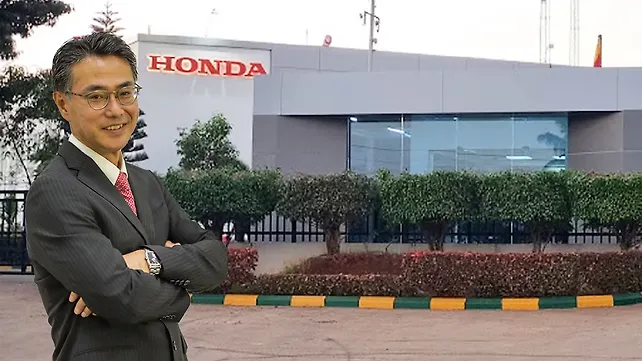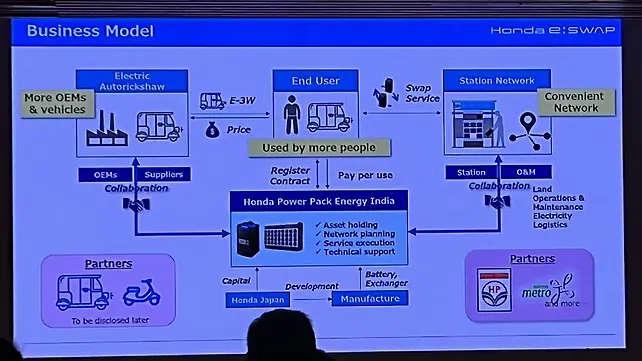
As part of its effort to start manufacturing electric two-wheelers in India, Honda Motorcycle & Scooter India (HMSI) is keen on establishing an electric vehicle component ecosystem at its Narasapura plant in Karnataka.
“We want to localise as many components as possible for our upcoming range of electric two-wheelers for India,” Atsushi Ogata, MD, CEO & President, HMSI, said in response to a query by Mobility Outlook during a media roundtable.
Soon after launching its Shine 100 to take on the well-established Splendor, HMSI will introduce two electric two-wheelers (E2Ws) next calendar. It is banking more on the scooter format to take this story forward rather than get into electric motorcycles.
“We are working on a new form factor called motoscooter for EVs. It is too soon to confirm details but we will showcase the same soon,” Ogata said. The company is dedicating a few manufacturing lines at Narasapura towards E2Ws and is targeting 600,000 units every year starting March 2024.
About 600,000 units out of the total two-wheeler capacity of Narsapura plant, will now move to the Sanand facility. At present, HMSI can make 5.2 million two-wheelers across its four plants in Haryana, Rajasthan, Gujarat and Karnataka.
“How we increase the production of E2Ws will depend on demand and expanding production to a million units per year by 2030 is our plan as of now,” Ogata said. HMSI, which does not plan to export E2Ws, will begin production soon with the first launch due in March 2024.
Localisation Focus
Steering clear of imports from China is a top priority for the company in its roadmap for making 2Ws in India. He said it would not be possible to source core EV parts like magnets, chips, and battery cells locally. As a result, the localisation content in its E2Ws for India will be lower than their ICE counterparts.
HMSI will also encourage its EV component suppliers to set up bases near, or in, Narasapura. It is also open to the idea of collaborating with them as part of the business model to build partnerships. For the record, the company has teamed up with Atul Auto and Valeo for EV powertrain parts.
“An electric three-wheeler powered by batteries from Honda Powerpack Energy, Atul Auto and Valeo will be launched sometime later this year,” Ogata said.

Last year, Mobility Outlook had reported on Honda's swappable battery business in India which would see collaborations with electric two-/three-wheeler makers and providing them with its power pack EV batteries free of cost. (Read That Story Here)
Thus far, 23 battery swap stations have been set up in Bengaluru at outlets of Hindustan Petroleum Corporation as well as metro stations. The collaboration with HPCL is likely to continue as part of the endeavour to grow the battery swap ecosystem. HMSI is also planning to set up battery charging and swap stations at its 6,000-odd touchpoints.
'One of the E2Ws we launched will be powered by battery swapping tech and the other by fixed battery,' Ogata said, hinting at the strategy to work on both options for India.
Three New Products In Three Months
Beyond electric, HMSI will be launching a 125 cc scooter, a 160 cc motorcycle, and a 350 cc motorcycle during the next few months.
The 125 cc scooter will not be part of the Activa umbrella and is tipped to take on the TVS NTorq, Suzuki Burgman and Yamaha Aerox in a category which is seeing major traction in recent times.
The new 160 cc bike might compete with the Pulsar 160 and Yamaha MT15. HMSI is also developing a new motorcycle, expected to be a Scrambler, on the H’ness 350 platform. This premium cruiser is being retailed at the BigWing dealerships.
Also Read